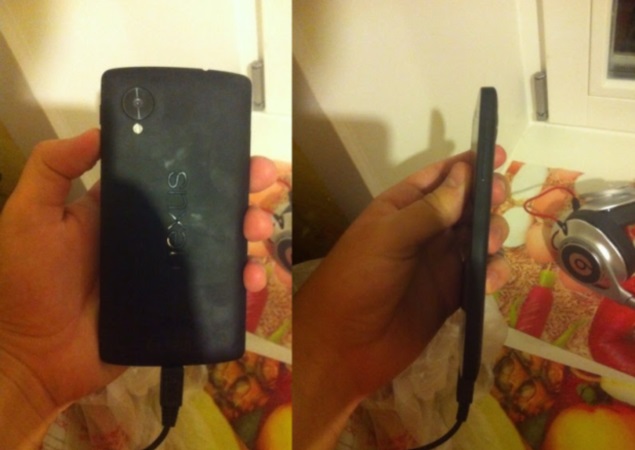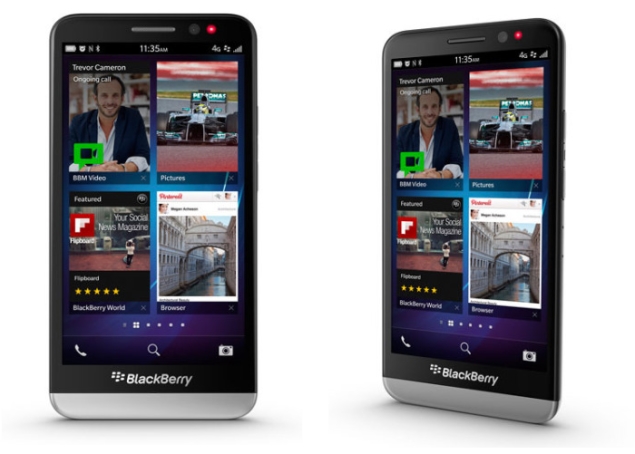Following Samsung and Sony's lead, Nokia is working on a smartwatch, according to a report.
Engadget reports Nokia's alleged smartwatch prototype, codenamed 'Facet' has been spotted at US Patent and Trademark Office (USPTO) site. As per the patent filing, the Finnish major's smartwatch prototype appears more like a bracelet that houses multi-displays. The report suggests that each display is dedicated to a different function. Further, the site details that for using each display on the alleged smartwatch, one would require the particular display to kept facing up, towards the eyes.
The site further claims that Kent Lyons, a member of Nokia Research Centre, who had released a paper on the Facet multi-segment wrist worn system last year, has now revealed that versions of the alleged smartwatch are being tested out. As of now, not many details about the alleged Nokia 'Facet' smartwatch have surfaced. While it seems Nokia's plans have not yet been finalised, if all goes well, the Finnish major may come up with its first wearable tech device soon.
Samsung has already unveiled its first wearable tech device, the Galaxy Gear smartwatch, which presently only works with the Galaxy Note 3 and the Galaxy Note 10.1 2014 Edition, and now, the Galaxy S4, according to latest report.
The Korean manufacturer had announced after the launch of the Galaxy Gear smartwatch that the wearable tech device will soon also be compatible with other Galaxy smartphones, like the Galaxy S4, Galaxy SIII and Galaxy Note II. Sony recently also launched its SmartWatch 2, the successor to its SmartWatch.
A recent report suggested that smartwatch success could be a lucrative battle in smartphone race, but as of yet, only a handful of companies have been able to push their smartwatches into the market.















